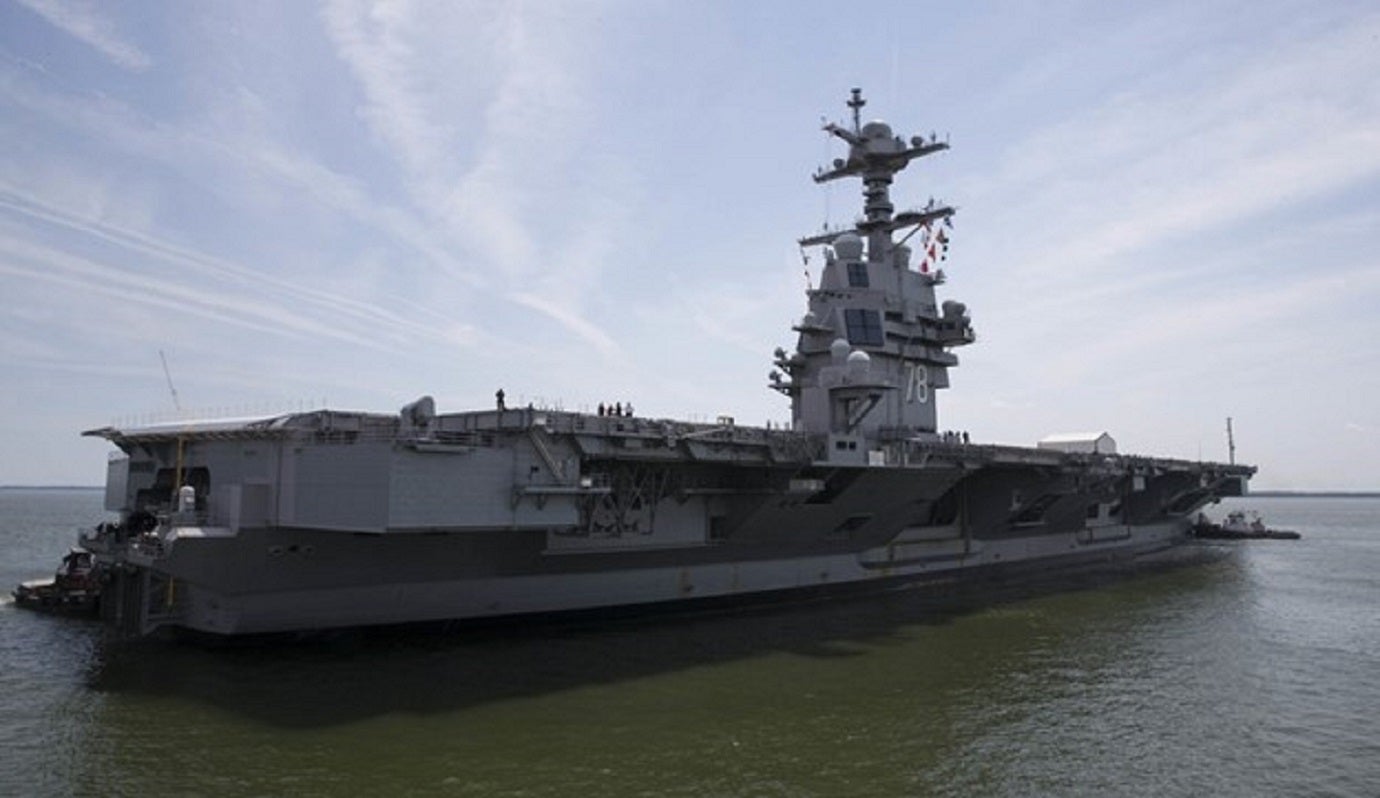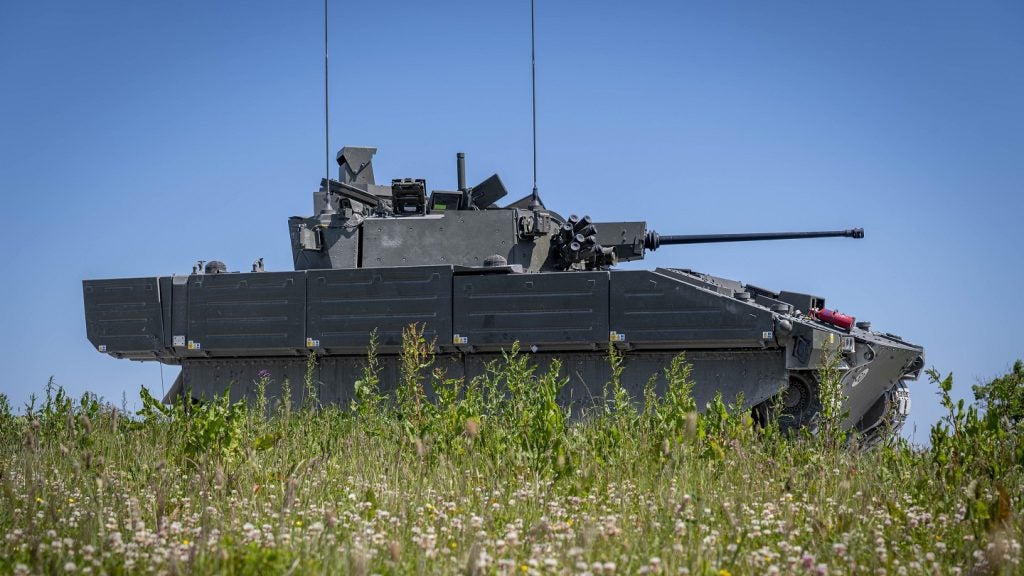
Lloyd Austin, the US Secretary of Defense, has deployed the USS Gerald. R. Ford Carrier Strike Group to the Eastern Mediterranean and has directed the US Air Force to augment it squadrons to support the Israeli Defence Forces (IDF) on 8 October – a day after the Palestinian militant group Hamas, as well as the Islamic Jihad, began waging a surprise attack on Israel across land, sea and air.
The US Government noted that the Ford Carrier Strike Group that was deployed yesterday includes the Navy aircraft carrier USS Gerald R. Ford (CVN-78), the Ticonderoga-class guided missile cruiser USS Normandy (CG 60), as well as the Arleigh-Burke class guided missile destroyers USS Thomas Hudner (DDG 116), USS Ramage (DDG 61), USS Carney (DDG 64), and USS Roosevelt (DDG 80).
On the social media platform X, formerly known as Twitter, the US Central Command stated that it “stands firmly with our Israeli and regional partners to address the risks of any party seeking to expand the conflict,” said General Michael Kurilla, Commander of US Central Command.
In response to the unprecedented attack, the IDF launched its retaliation under ‘Operation Swords of Iron’. Yesterday, the IDF announced that they “have taken control of all points of infiltration from Gaza into Israel and our forces have neutralised hundreds of terrorists.”
Some observers, including the IDF spokesperson Jonathon Conricus, describe the assault as a tragedy on par with 9/11 and Pearl Harbour combined in what he added was “by far the worst day in Israeli history.”
The IDF state that at the outset of the assault Palestinian militant groups had fired 3,284 rockets from Gaza.
Now, the IDF is currently expanding its efforts by striking targets across the Gaza strip.
Under of Swords of Iron, the Israeli army claims it has hit more than 1,000 targets in Gaza, including military positions, the homes of the Hamas’s leaders, as well as banks run by the militant group.
In response to Israel’s retaliation to the assault, Dr Riyad Mansour, Representative of the State of Palestine to the United Nations, commented: “This is not a time to let Israel double down on its terrible choices. This is a time to tell Israel it needs to change course.
“That there is a path to peace where neither Palestinians nor Israelis are killed. It is the one diametrically opposed to the [path] Israel is… on.”
Besides America’s show of “ironclad support for the IDF”, the US Department of Defense (DoD) also announced it will deliver “additional equipment and resources, including munitions,” the first of which will arrive in the coming days.
This supply of munitions will replenish Israel’s stocks, allowing the country to continue to strike Gaza as it seeks to regain the advantage over Hamas.
While the latest attack comes 50 years almost to the day after the 1973 Yom Kippur War – in which Hamas now emulates the surprise initiative the Arab belligerents gained over Israel at that time – the latest assault is also timely for other broader, geopolitical reasons.
The attack also follows a period of political and economic inactivity in Washington, when Congress agreed to fund the US Government, narrowly avoiding a shutdown, with one of the conditions being to temporarily halt military assistance to Ukraine, which is currently waging a counteroffensive at a critical time as we near the winter season.
Despite this political unrest, the DoD is now supplying munitions to Israel, which raises questions about America’s future capacity to sustain its allies in multiple theatres across an increasingly multi-polar world.
Our signals coverage is powered by GlobalData’s Disruptor data, which tracks all major deals, patents, company filings, hiring patterns and social media buzz across our sectors. These signals help us to uncover key innovation areas in the sector and the themes that drive them. They tell us about the topics on the minds of business leaders and investors, and indicate where leading companies are focusing their investment, deal-making and R&D efforts.






